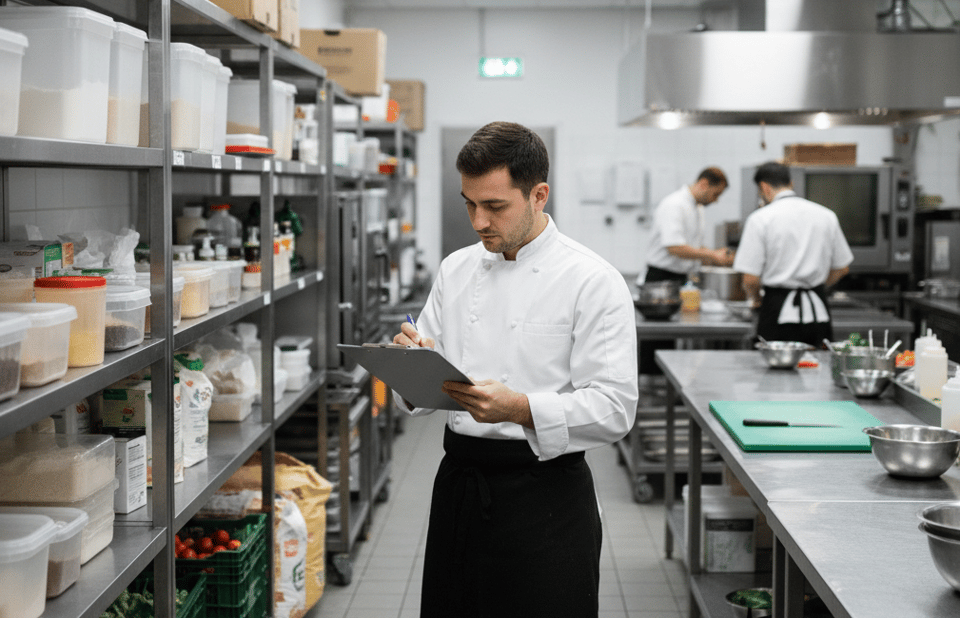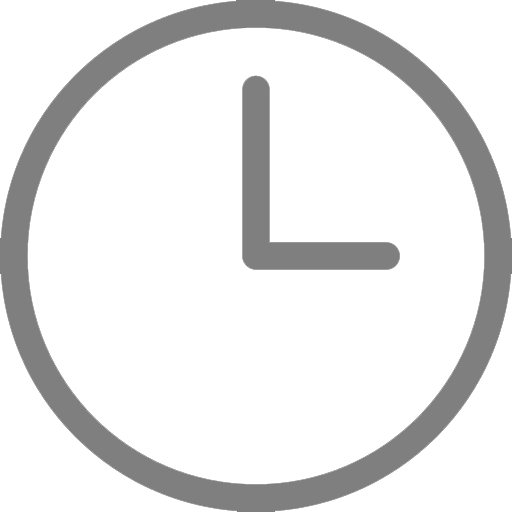
Key TakeawayUpgrading to a modern Back-of-House system isn’t just a tech change, it’s a profit and performance upgrade that drives smarter decisions, consistent operations, and real-time cost control. The biggest risk isn’t switching systems, it’s waiting too long to do it. |
So many successful multi-unit restaurant groups stick with outdated Back-of-House (BOH) software. Why? Because the idea of changing seems too painful, too expensive, and too disruptive to address right now.
But kicking the can down the road is based on old assumptions. There are two undeniable realities that metrics-accountable leaders must face:
- It is incredibly difficult to make progress on your larger strategic initiatives (growth, profitability, consistency) without flexible data and reporting.
- The P&L benefits of migrating to a modern platform are simply too great for your above-store managers and your location-level teams to ignore.
A modern BOH is no longer a system of record; it's a strategic platform that managers need to generate revenue, margin, and customer satisfaction improvements. If you are unhappy with your current BOH, here’s the rationale for making the switch.
Value Case: Why the Effort Pays Off
A unified, modern BOH platform can deliver: Financial Control, Operational Consistency, and Future Readiness.
1. Drive Financial Performance and Better Margins
Outdated systems make cost management a "too late” exercise. A modern BOH system, designed for real-time control, puts insights into the hands of managers while there is still time to control costs.
- Lower Cost / Better Margins: Gain better food cost control through real-time theoretical vs. actual inventory reporting and significant waste reduction. This is paired with labor optimization tools that help you avoid overstaffing and unnecessary overtime.
- Better Forecasting & Planning: Improve the accuracy of purchasing and staffing, along with efficient and accurate food preparation, by forecasting demand based on past performance and current trends. This leads to smarter, more effective decisions.
- Reduced Administrative Burden: Dramatically reduce manual effort by exporting data into complementary systems (accounting and payroll) and using process tools to make repetitive tasks (inventory, scheduling) easier and faster to complete. Automated updates on food pricing from invoices and faster closing cycles reduce mistakes and save thousands of management hours.
2. Achieve Operational Control and Consistency
Scaling requires predictability. Fragmented, out-of-sync systems make centralized control impossible.
- Insight to Act: Access real-time, accurate data in multiple forms (from rows and columns to dashboard visualizations) for location-level, regional, and corporate teams from a single, unified data set. Managers can drill down to specific issues quickly, receive alerts for anomalies/exceptions, and compare performance across all locations effortlessly, designed with both PC and mobile users in mind.
- Consistency for Smoother Growth: Task and process tools—like digital checklists—provide standardized processes across all locations and centralized oversight of brand standards and corporate KPIs. This ensures the rapid, smooth onboarding of any new or acquired locations.
- Data Integrity & Compliance: Enjoy automated logs, full audit trails, and role-based control, ensuring better security, governance, and compliance across your entire organization.
3. Empower Your Team and Ensure Future Readiness
A modern system should be a tool your managers want to use, not a burden they tolerate.
- Improved Tech Adoption: Intuitive, mobile user interfaces (UI) mean your managers are able to complete their jobs faster and more accurately. Training is easier, reduces time-to-competency, and increases manager satisfaction.
- Data Enables Innovation: A flexible data structure gives you the ability to deploy new tools and support new locations and business models without expensive integration headaches.
Why Rosnet is a Proven, Modern, BOH Restaurant Platform to Consider
A powerful BOH platform must constantly evolve. Rosnet continuously reinvests to ensure our solution remains the best and most current option in the market.
The time to reconsider your BOH system is now. Don't let the fear of migration keep you from realizing significant, consistent profit gains – so contact us today for more information.




